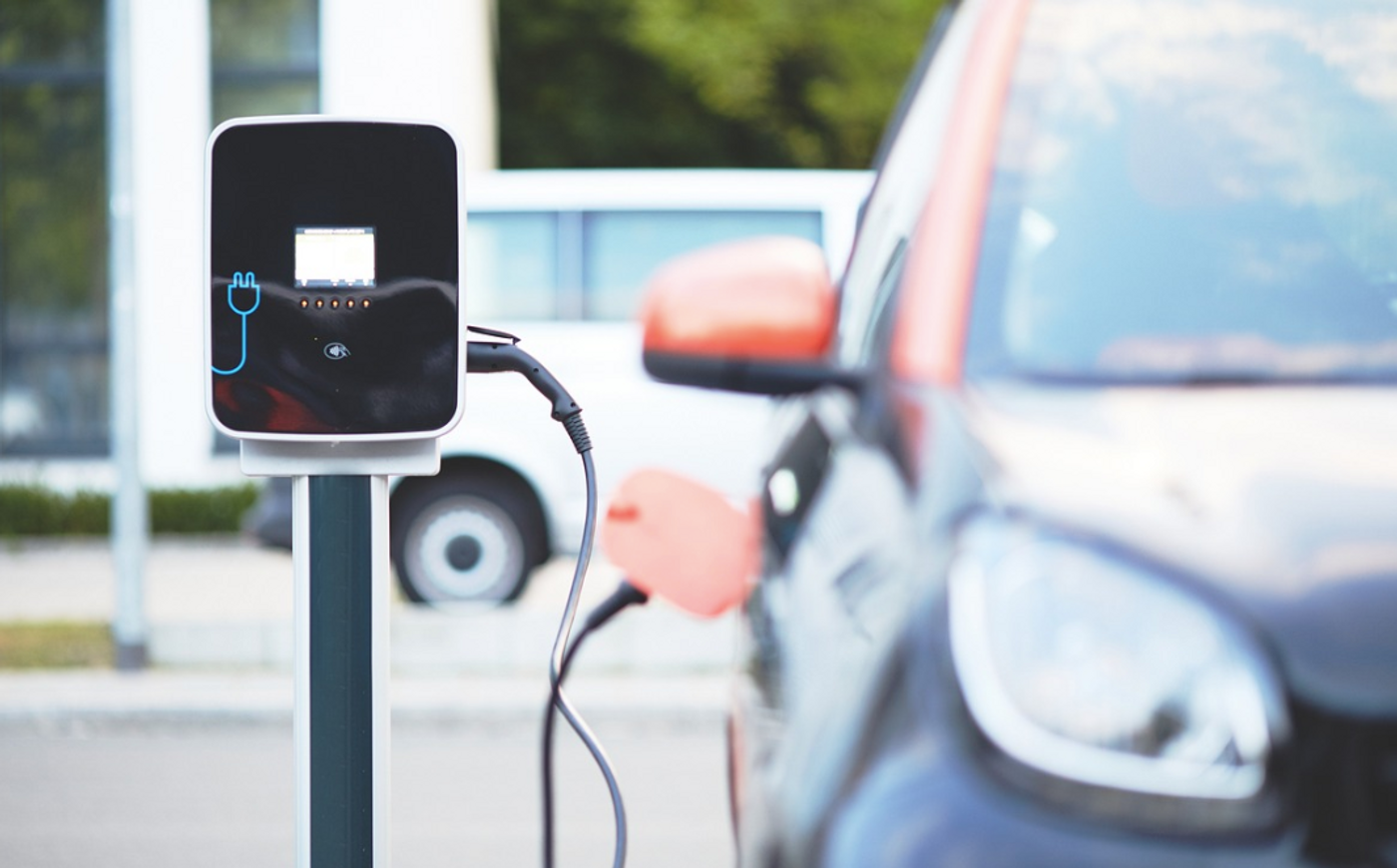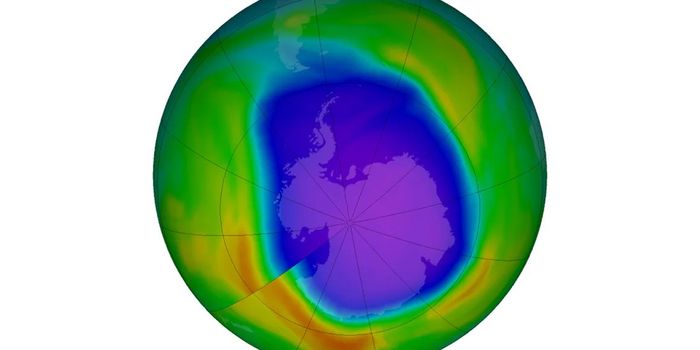Lithium Ion Batteries - An Unexpected Source of PFAS Pollution
Rechargeable, reusable batteries are a crucial component of the transition to more efficient energy sources. But there are some issues with those batteries that should be addressed as people use more and more of them. For one thing, many rare earth elements are used to create those batteries. There is a limited supply of those critical elements, and they are often extracted from areas that are home to vulnerable communities or places where conservation is important. Another problem with the batteries has now been revealed in a study in Nature Communications.
Researchers have determined that a type of per- and polyfluoroalkyl (PFAS) that is used in lithium ion batteries can pollute air and water, and this problem is growing. The study also found that PFAS, called bis-perfluoroalkyl sulfonimides (bis-FASIs), can persist in the environment, and contaminate it just like older, problematic compounds such as perfluorooctanoic acid (PFOA). These compounds have incredible staying power, and can hang around in the environment for so long, they have earned the moniker 'forever chemicals.' They have been linked to a wide variety of health problems in people and animals.
There is already very high demand for lithium ion batteries, and that demand is expected to keep growing in the coming years.
"Our results reveal a dilemma associated with manufacturing, disposal, and recycling of clean energy infrastructure," said Jennifer Guelfo, an associate professor of environmental engineering at Texas Tech University. "Slashing carbon dioxide emissions with innovations like electric cars is critical, but it shouldn't come with the side effect of increasing PFAS pollution. We need to facilitate technologies, manufacturing controls and recycling solutions that can fight the climate crisis without releasing highly recalcitrant pollutants."
For this study, the investigators took samples of soil, sediment, water, snow, and air around manufacturing plants located in Kentucky, Minnesota, Belgium, and France. There were very high levels of bis-FASI concentrations in most of these samples.
The study also suggested that bis-FASIs can migrate though the air a long way, to contaminate areas that are far from the manufactories.
Work conducted at several landfills in the southeastern U.S. also indicated that these compounds can also enter the environment when things including lithium ion batteries are thrown away.
Additional results indicated that methods that are used to remove PFOA and PFAS chemicals will work to eliminate bis-FASIs, however. The study authors noted that now is the time to tackle this problem, as we move away from fossil fuels and towards renewable sources of energy. "We should use the momentum behind current energy initiatives to ensure that new energy technologies are truly clean," Guelfo added.
Sources: Texas Tech University, Nature Communications









